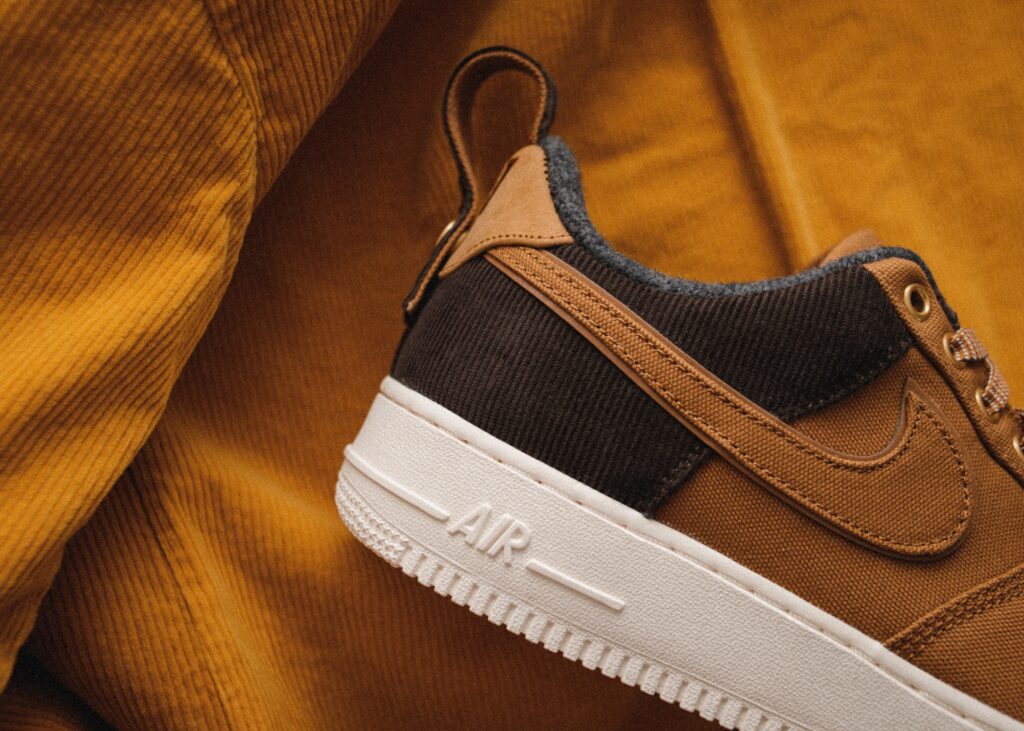Corduroy: A Brief History Of The Popular Fabric
If you’ve had your ear to the fashion ground this season, you have seen corduroy pop up more than once. Yes, that velvety warm, soft fabric takes us back to our childhood and makes an appearance on runways classier than ever.
But where did it all begin for the classic fabric?

Corduroy’s ancestry dates back to Ancient Egypt. “Fustian,” a textile made from weaving two sets of cotton and a linen warp, is what centuries later came to be known as the classic corduroy. Enterprising weavers circulated the material throughout Europe.
In France, the fabric was popular among royal servants who wore velvet fustian, and later the material switched to the royals. A century later, in England, the Lancashire mills transitioned the fabric from piles to wales (ridges), which defined the look of corduroy fabric as we know it today. In England, it was worn by the merchant classes and aristocracy.
Corduroy became first popular in America in the early 20th century when it was adopted for children’s clothes, play fits, and uniforms. Its durability also became popular among mountain climbers, workers, and military soldiers. In the 70s, the material’s appeal grew with the rise of the hippies, which continued through the 80s.

The hype of corduroy started to die down in the 90s, but it has recently made its comeback to the fashion scene in autumn and winter.
Even though the popularity of corduroy has waned over the years, there is no doubt this classic piece makes a lasting statement. In 2022, it made an appreciative appearance for its luxurious and functional element.
And as the material waltz in and out of the fashion industry, we trust die-hards will keep the memory of corduroy burning until the next season.
